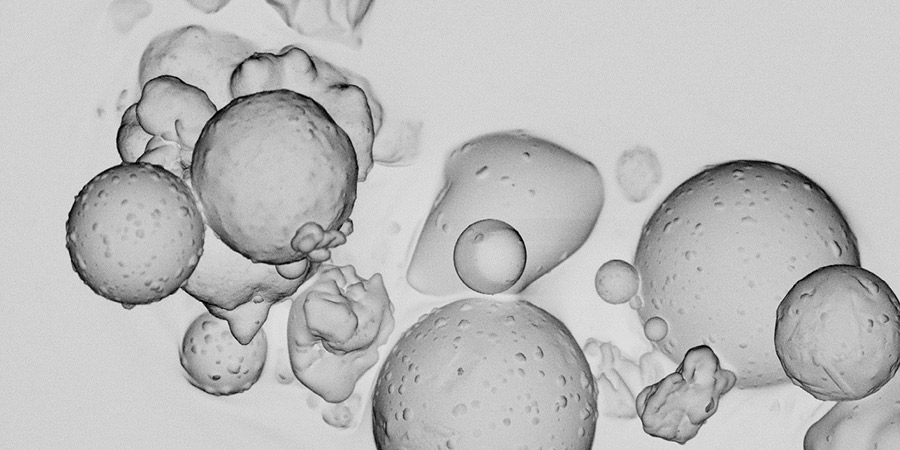Switching pozzolans with ease

If you’re like most concrete producers, you’re already well versed in the benefits of pozzolans, including fly ash and ground-granulated blast-furnace slag, for improving the durability and strength and reducing the permeability of concrete. Pozzolans like fly ash also reduce the cost of producing concrete. Notably, using pozzolans also allows you to produce concrete with less cement, reducing carbon footprint.
However, concrete producers today have many questions about using traditional pozzolans that are byproducts of other industries. Will we face a shortage of fly ash as regions shift away from coal-fired power plants? Will the quality of the fly ash change as environmental regulations shift? Will I need to choose a different type of pozzolan? How expensive will it be? These are all unknowns at this point.
Some producers are already adapting. Many US west coast concrete producers are getting slag cement from China. However, the added shipping expense increases their overall concrete production costs, not to mention the environmental cost of shipping tons of materials thousands of miles. The National Precast Concrete Association recently reported that some plants in the US, particularly in New England and the Virginias, have switched to slag due to a fly ash shortage in their area. Although fly ash is still in strong supply in some regions, other parts of the world are seeing a scarcity. For example, a recent Concrete Society presentation focused on supply challenges of pozzolans such as fly ash and slag in the UK and Ireland.
Learn more about the new CONCERA® admixtures compatible with mix designs containing pozzolans
Some concrete producers are also looking toward pozzolans from more natural sources. For example, if limestone is ground fine enough and is reactive, it can partially replace a portion of the used cement, resulting in lower CO2.
If you are looking at adapting to a different pozzolan type or pozzolans with different attributes, it may be reassuring to know that concrete admixtures can ease the strain of this transition. Proper admixture selection can help make mixes perform similarly, despite changes in pozzolan sources. For example, if your fly ash mix sets in five hours, but is no longer available, you can incorporate a set retarding admixture with your straight cement mix to keep your desired five-hour setting time. In this way, concrete admixtures can help your concrete perform consistently in terms of strength, set time, and other factors.
Changes are inevitable in the concrete industry. Concrete admixtures will help make these changes go a lot smoother.
Tags
- Building Envelope Solutions
- CONCERA®
- Concrete
- Concrete admixtures